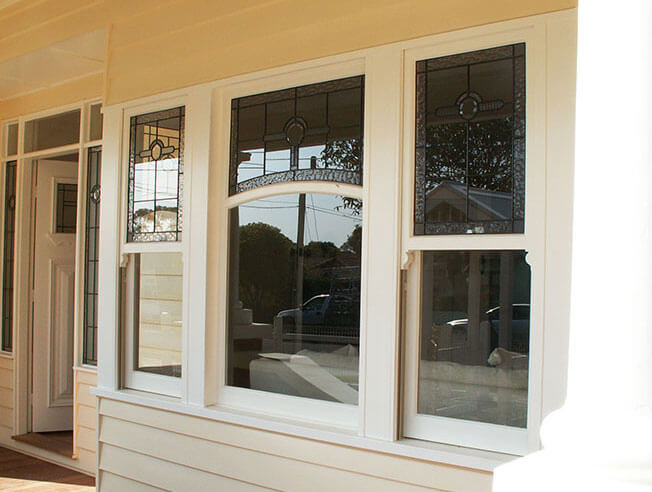All Categories
Featured
Table of Contents
Home Window Glazing - Sustainability Victoria in Manning Perth
That window can transfer more solar heat in winter season than in summertime. A west-facing window on a summertime's afternoon has an angle of occurrence from near 0 as much as 30 with a large effective area of solar radiation. A north-facing window, in summer season, has a high angle of incidence and a low efficient area of solar radiation, so can send less heat than a west-facing one.

You can rapidly and easily enhance the thermal performance of your home by replacing your windows. There are thousands of types of glass and frames to choose from.
Benefits Of Replacing Double Glazing Windows In The Summer in Craigie WA
Single glazing with clear glass is not very effective when it comes to heat loss or gain. To enhance performance, you can use single glazing with a more energy-efficient type of glass such as low emissivity (low-e) glass.
The energy performance of IGUs likewise depends on: the properties of each layer of glass. Various glass types (for example, clear and low-e glass) can be put together in an IGU.
How Double Glazing Can Help Keep Your Home Cool In ... in Middle Swan Western Australia

IGU cavities can be filled with air or a more inert, low-conductivity gas such as argon the width of the cavity. Cavity density is usually 6 to 18mm. Wider cavities provide lower (better) U worths, with 12mm typically accepted as the preferred space how well the cavity is sealed. Cavities need to be dry and well sealed to prevent moisture getting in.
If argon is installed to the cavity in place of air, moisture is reliably omitted the level of desiccant (drying agent). The spacer (metal or polymer strip) that separates the glass layers consists of a desiccant to soak up any moisture. Inadequate desiccant might trigger wetness to condense on the glass surface area in cold conditions, reducing thermal efficiency.
Does Double Glazing Reduce The Heat In Brisbane's Summer? in Brookdale Perth
IGUs can deliver much better energy efficiency for all climates, especially in heated and air-conditioned houses. Cross-section detail of single, double and triple-glazing units Low emissivity glass (typically understood as low-e glass) minimizes heat transfer. Low-e glass might be either high or low transmission: High transmission low-e glass has a finish that permits daylight from the sun to enter the home to accomplish excellent solar heat gain, but lowers the amount of the long wavelength infrared heat that can leave back through the window.
Low-e glass has either a pyrolytic coating or a vacuum-deposited thin film metal coating. Pyrolytic finishes are long lasting and can be utilized for any glazing; vacuum-deposited coverings are soft and are only used within IGUs. Low-e coverings can considerably enhance both U value and SHGC; however, they should be utilized properly or they will either deteriorate or stop working to perform as needed.
Glazing And Glass Options - Smarter Homes in Wilson Western Australia
Low-e coverings can be utilized in mix with clear, toned or reflective glass. Low-e coverings on glazing can minimize heat transfer where needed Image: Department of Industry, Science, Energy and Resources Toned glass has colouring ingredients consisted of during manufacture. It is available in different colours, usually bronze, grey, blue and green.
Table of Contents
Latest Posts
Double Glazed Vs Single Glazed Windows in Wexcombe Perth
Which Is The Best Type Of Double Glazing? - Which? - Which.co.uk in Subiaco Western Australia
4 Benefits Of Double Glazed Windows In The Summer in Champion Perth
More
Latest Posts
Double Glazed Vs Single Glazed Windows in Wexcombe Perth
Which Is The Best Type Of Double Glazing? - Which? - Which.co.uk in Subiaco Western Australia
4 Benefits Of Double Glazed Windows In The Summer in Champion Perth